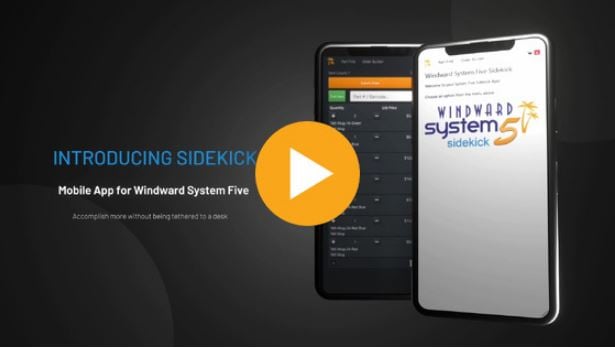Overview
Getting the size of your System Five database can be useful for calculations. Knowing how much to estimate for backup or how many database files may be open at any given time.
NOTE: This article is not to be used for what files to backup. If you are migrating your data, you must include ALL files in the Shared Directory folder. There are forms, touchscreen setup and other configuration files that are part of your configuration.
How to get your Database Size
- Sign into your System Five and from the Help menu choose About.
- Scoll down to the Directories section and make note of the Shared Directory location.
- Open the Windwos File Explorer and navigate to the Share Directory location.
- Inside the Shared Directory folder, right click on the _datafiles folder and choose Properties
- This will total the Size on disk. (In this example it is 108MB)

TIP: You can use Windows shortcut keys to speed up the above process.
- You can highlight the directory in Help About and use the keyboard shortcut CTRL+C to copy it to your clipboard
- To open File Explorer directly to a folder. Click on the Windows menu and hit R to open a run dialogue.
- Use the keyboard shortcut CTRL+V to paste the file location into the Run dialogue.

Things that can impact Database Size
Smartphone pictures and even PDF files can be multi-megabytes in size. Uploading thousands of these types of attachments into your database will increase your database size by Gigabytes. Even though drive space can be inexpensive, the time to process large databases is still a consideration. Large database file restoration from a backup can start to impact a business continuity plan. New releases of Windward Software may require a database conversion. File conversion time can be impacted by large amounts of data. Keep the following items in mind as they can impact database size and growth.
- Uploading unscaled pictures onto inventory, customers or other objects in the database.
- Upload PDF invoices, bills or other file attachments onto objects.






